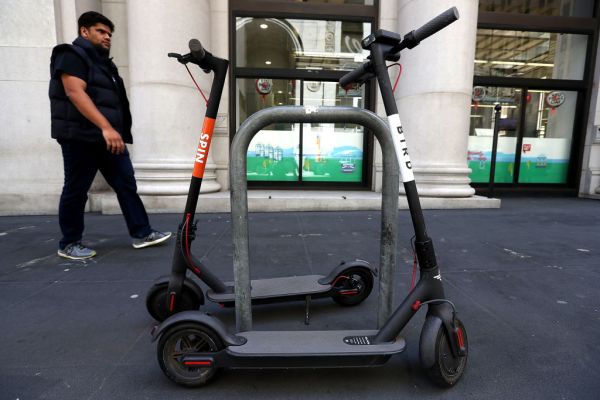Launching and operating shared bikes and scooters has lost its novelty. Worldwide, numerous companies are operating shared micromobility services — so many that the industry is well into a consolidation phase.
In Latin America, Grow Mobility formed as part of a merger between micromobility providers Grin and Yellow. In the U.S., Bird acquired Scoot. And, while not a traditional consolidation, Lime and Uber have partnered to include Lime’s scooters within the Uber app.
Meanwhile, we now have a handful of players operating in the direct-to-consumer model; Unagi, Boosted and even Bird has started selling direct to consumers.
Despite the over-saturation of the market, there are still opportunities for new players. Currently, there are two key areas that have yet to see a lot of action and are therefore ripe for disruption.
Those opportunities include creating a software ecosystem on top of bikes and scooters and improving unit economics by focusing on batteries.
As you may remember, business and mobility analyst Horace Dediu recently told me these micromobility vehicles have an opportunity to also be software hubs. In fact, he said it’s where he expects bigger players like Google and Apple to enter the space.
Already, at least one startup is taking steps to become the operating system for micromobility vehicles. Tortoise, a startup founded by former Uber executive Dmitry Shevelenko, is pursuing autonomous repositioning of scooters.
Given the volume of micromobility operators in the space today, Tortoise aims to make it easier for these companies to more strategically deploy their respective vehicles and reposition them when needed.
Using autonomous technology in tandem with remote human intervention, Tortoise’s software enables operators to remotely relocate scooters and bikes to places where riders need them, or, where operators need them to be recharged. On an empty sidewalk, Tortoise may employ autonomous technologies while it may rely on humans to remotely control the vehicle on a highly-trafficked city block.
Uber is similarly exploring autonomous re-parking of scooters and bikes, as well as sidewalk detection.
“That makes sense for a number of reasons,” Uber Head of New Mobility Robotics Alan Wells previously told TechCrunch about automatic repositioning. “It has a possibility of addressing some of the biggest downsides of where do you park them and also make them convenient for riders without being a burden to other people.”
In San Francisco, where the city requires vehicles lock to a stationary object, Uber envisions a robotic lock that retracts itself.
“I suspect that the reason many cities require locks is for the same reason we think robotic tech is appealing,” Wells said. “If it’s locked to something, it’s far less likely to be in the way. I think the premise of the tech is to provide a far more flexible way to deliver that end-result of vehicles that are not in the way.”
Then there’s the issue of batteries. A major complaint many riders have is the that scooters are often low on batteries or completely dead. Swiftmile, which is now working with the city of Austin, creates and deploys charging stations for electric bikes and scooters.
When Swiftmile deploys in Austin, the plan is to start with 10 stations, which comes out to about 80 parking slips. The company hopes to do this by the end of the year. Austin has become a major micromobility hub, with seven providers operating a total of 17,600 vehicles in the city. In fact, it’s become known as a place that many other cities look to for regulation.
What Swiftmile offers serves as a win for operators, riders and cities alike. Operators can provide a better (charged) product to their customers, the likelihood of finding a charged scooter increases and cities can better control sidewalk clutter and issues pertaining to improper parking. Unfortunately, the downside falls on those relying on charging scooters to make extra income.
Believe it or not, it’s still early days for the micromobility industry, but it’s safe to say the market for new vehicles and operators is at capacity. Where there is room is in the software/automation and battery space.
